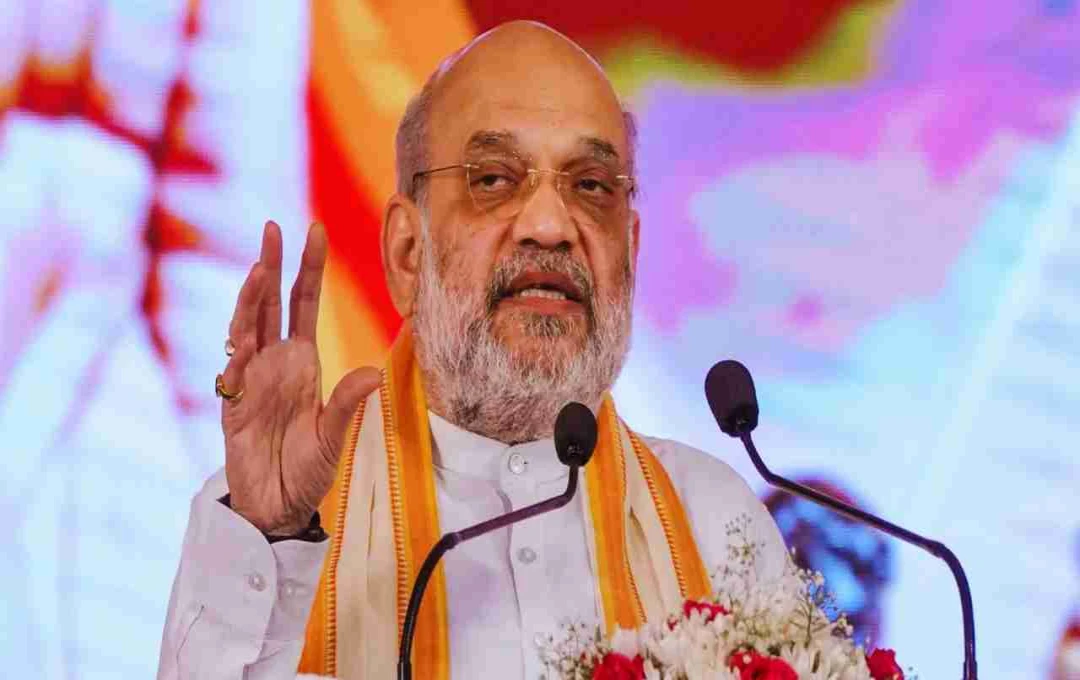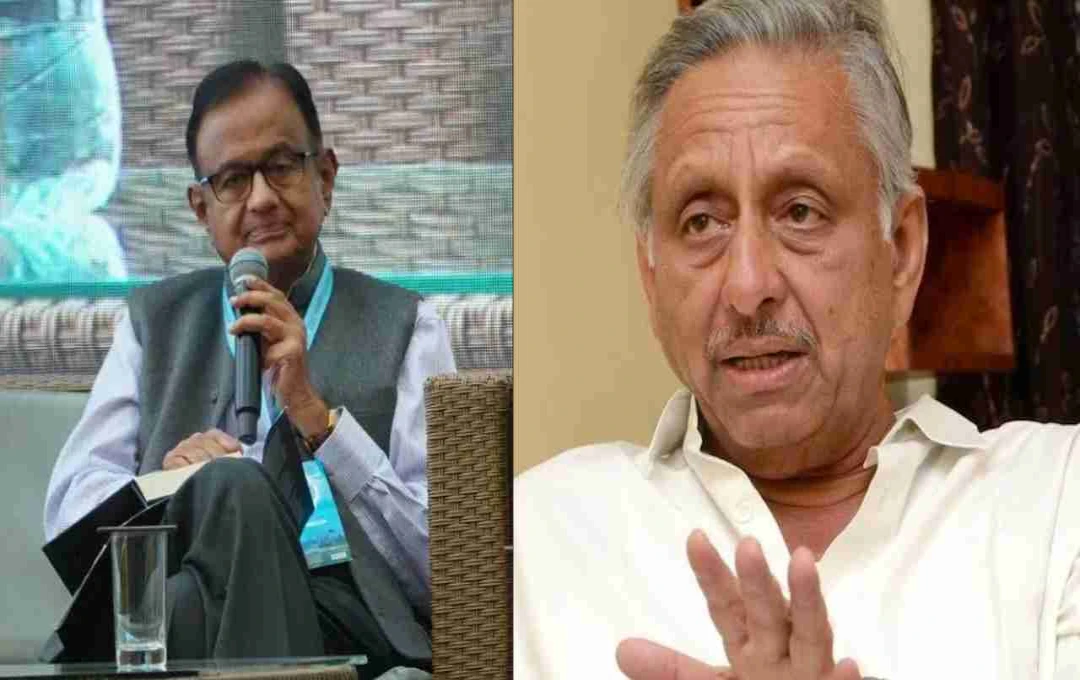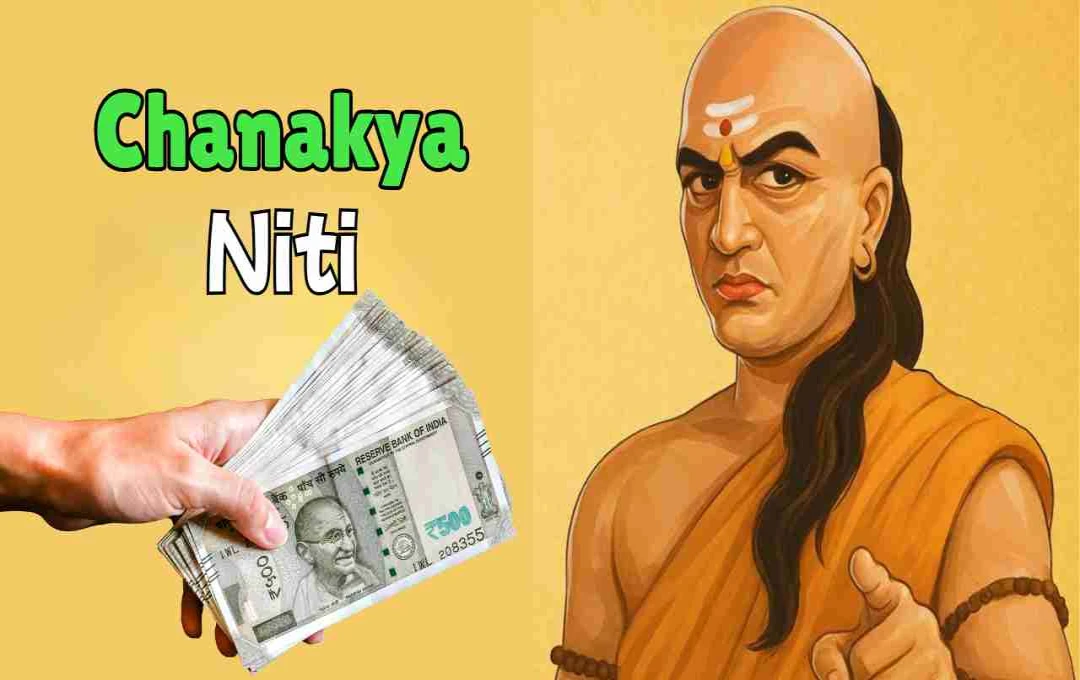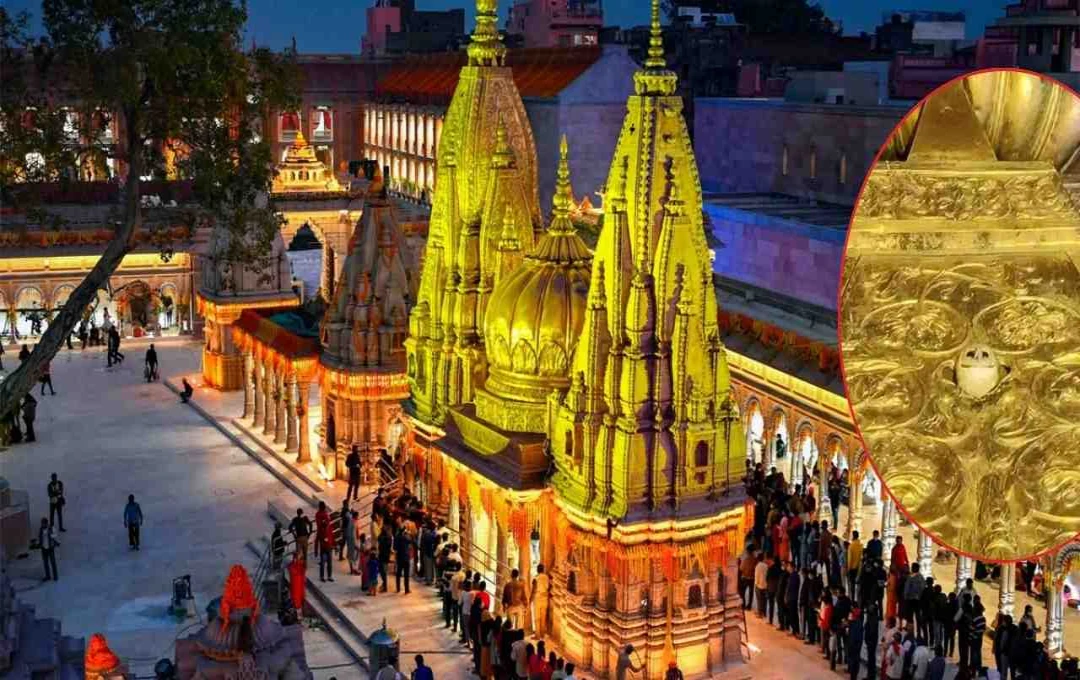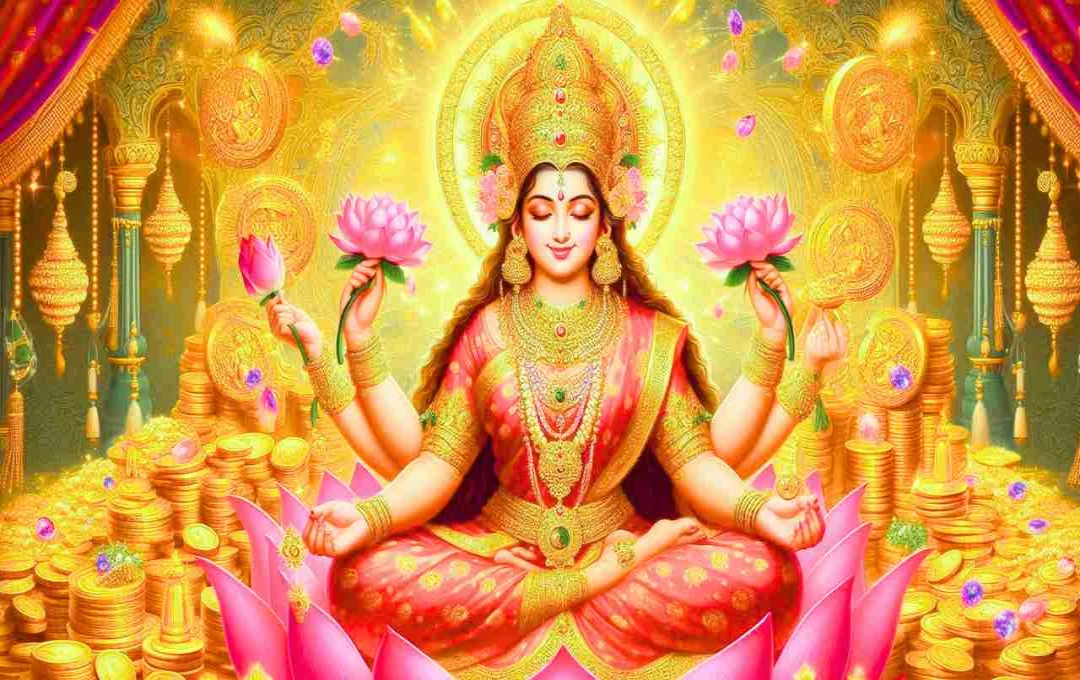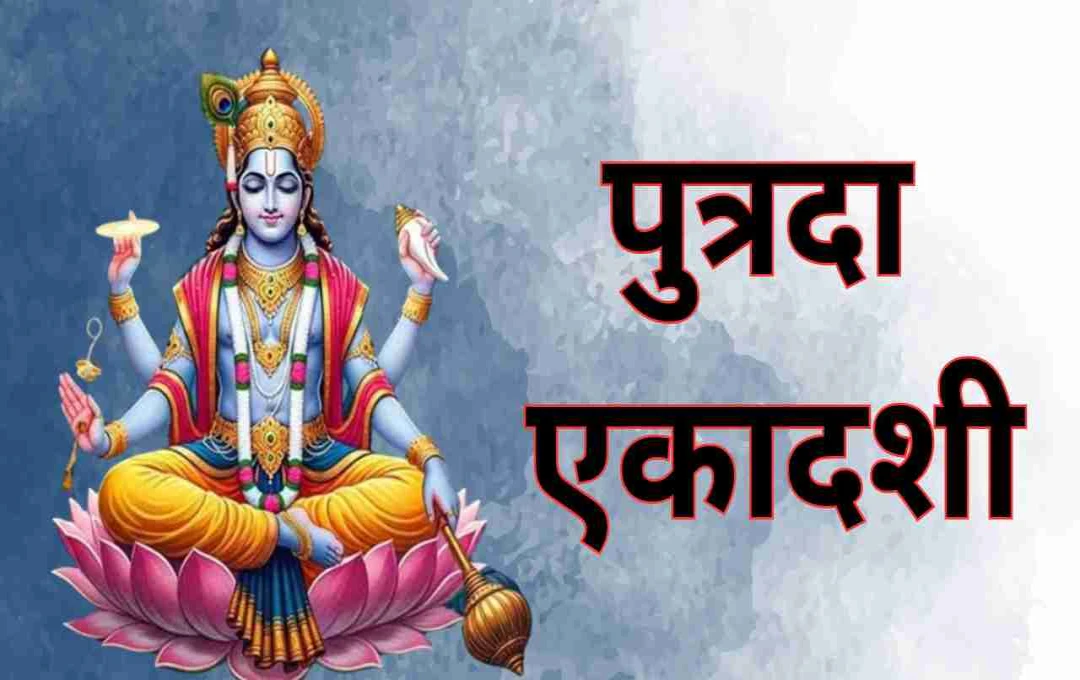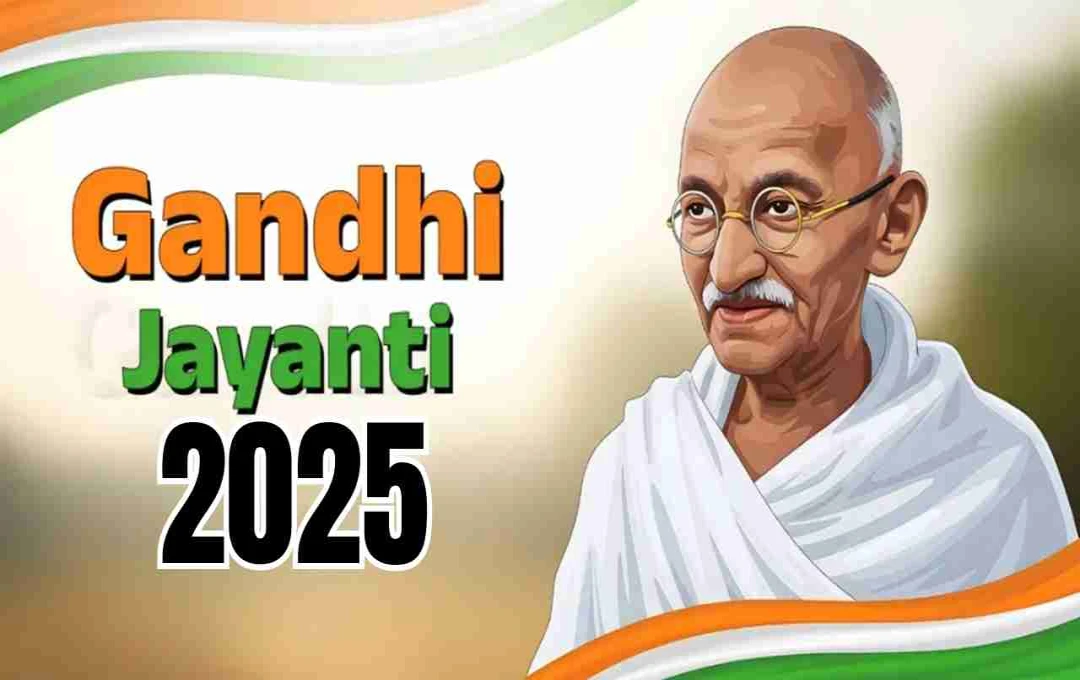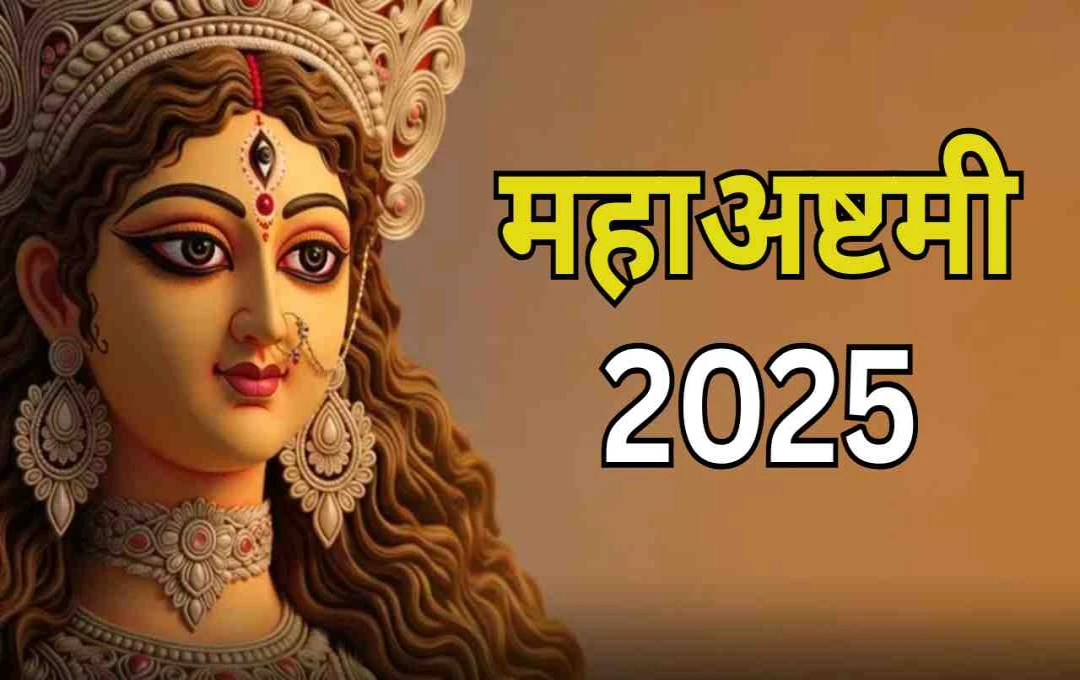The rich traditions and beliefs of Hinduism hold deep spiritual mysteries and cultural messages behind every form and incarnation of God. One such fascinating and divine episode is connected to Lord Jagannath's Gajanan Vesh (elephant-headed form), celebrated with great reverence and tradition in Puri, Odisha.
Puri's Jagannath Dham, often called the Vaikuntha on Earth, is not only the principal temple of Lord Jagannath, an avatar of Lord Vishnu, but also a symbol of Indian culture and unity. The annual Jagannath Rath Yatra attracts millions of devotees from India and abroad. This year, the Yatra will commence on June 27th and conclude on July 5th.
The Mythological Tale of Gajanan Vesh
Odia folklore, particularly the temple's historical texts 'Madala Panji' and the Utkala Khanda of the 'Skanda Purana', detail this story. According to the legend, once, Ganesh Chaturthi, the birthday of Lord Ganesha, coincided with the date of the Rath Yatra. Ganesha is considered the first deity to be worshipped among the Gods.
Worshipping Ganesha before any auspicious undertaking is considered mandatory, as he is the remover of obstacles. However, during the Rath Yatra festival that year, only Lord Jagannath was worshipped, neglecting Ganesha. This oversight angered Ganesha.
When Ganesha was Angered, and the Lord Saw with His Divine Vision

Ganesha's anger was natural, as Lord Shiva himself had blessed him to be worshipped first in every endeavor. When Lord Jagannath saw, through his divine vision, that Ganesha was displeased, he made a remarkable decision, respecting the devotees' sentiments, culture, and scriptural norms.
Lord Jagannath himself assumed the Gajanan Vesh and appeared to his devotees. In this form, he manifested with an elephant's head and large ears, as if Ganesha himself were present.
A Wonderful Example of Humility and Devotion
This form of the Lord conveys a divine message that the true God is one who respects the feelings and religious practices of his devotees. Lord Jagannath adopted this form not only to appease Ganesha but also to uphold the ancient tradition of considering Ganesha as the first deity to be worshipped.
This incident also demonstrates that God does not harbor ego. When Lord Jagannath, an avatar of Lord Vishnu himself, assumes the form of Ganesha, it teaches humanity that surrender and humility are true dharma.
The Tradition of Ganesha Vesh Continues to this Day
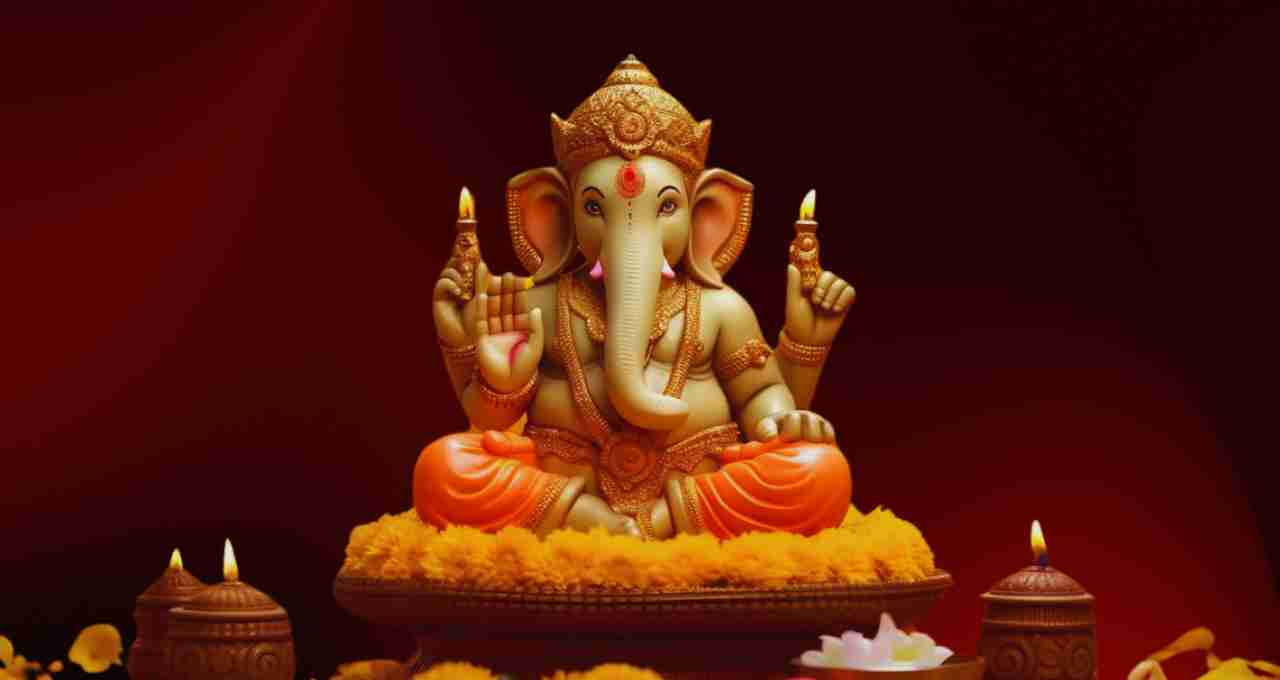
In Puri, the festival of Lord Jagannath's Ganesha Vesh is still celebrated in remembrance of this event. This event takes place before the Rath Yatra with special rituals, where the Lord is adorned in the Gajanan form. Devotees perform special prayers on this day and chant Ganesha mantras, seeking liberation from obstacles.
Religious Message: The Basis of Success in Every Endeavor – Ganesha Puja
This story reminds us that worshipping the remover of obstacles, Lord Ganesha, is essential for the success of any undertaking. He is not merely the deity of beginnings but also a divine companion who guides us at every turn of life. Therefore, every puja, journey, wedding, business, and education begins with Ganesha Vandana.
Lord Jagannath's assumption of the Gajanan Vesh is not just a mythological tale but a divine episode showcasing the depth of Sanātana Dharma. It teaches us that abandoning ego and respecting dharma, tradition, and the sentiments of devotees is true divinity.




